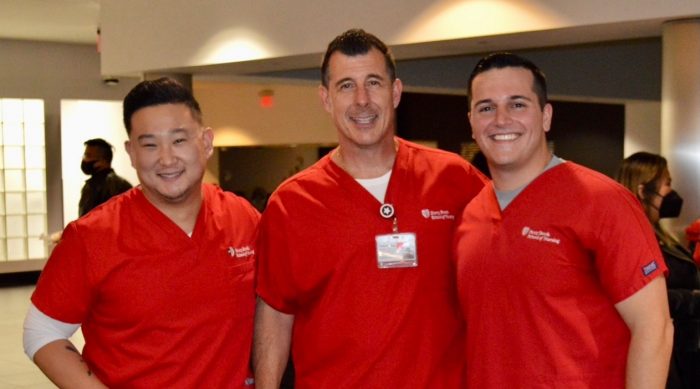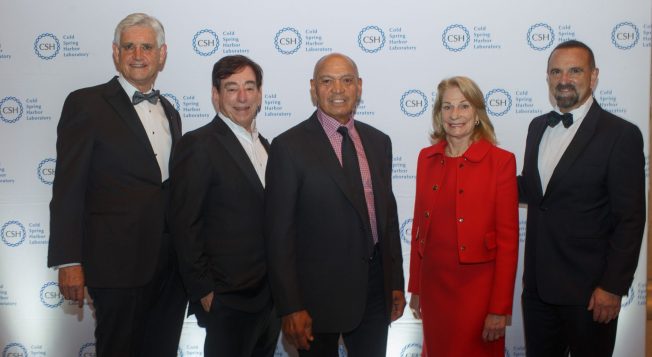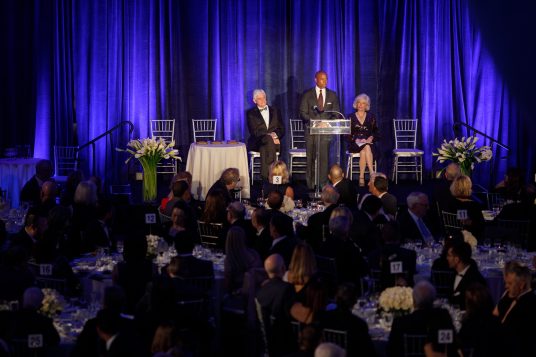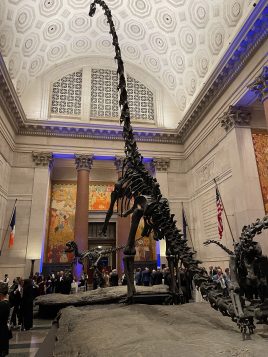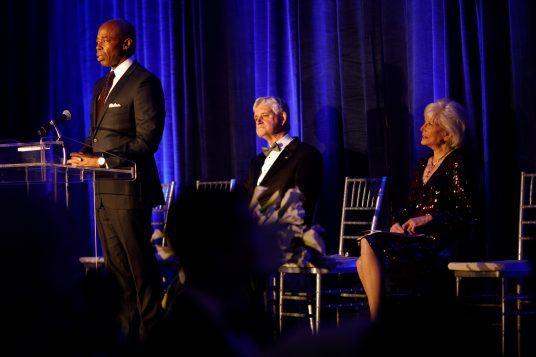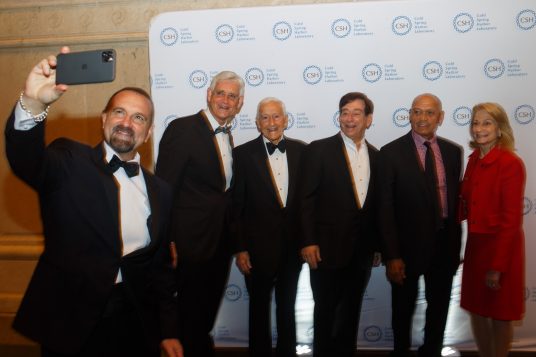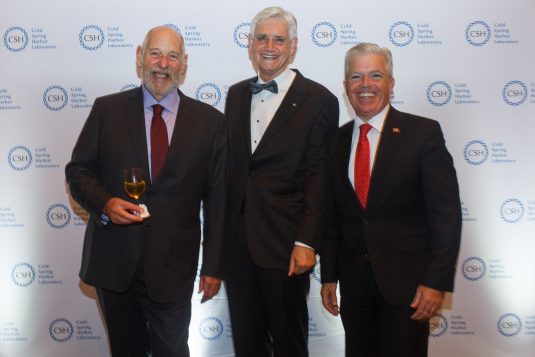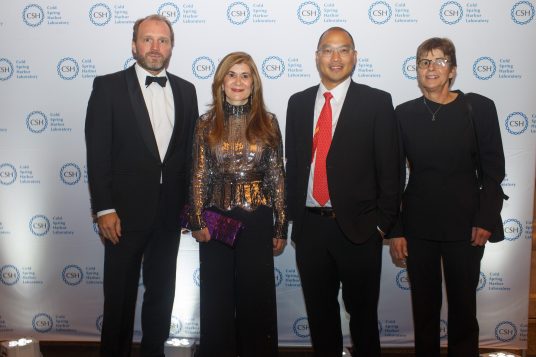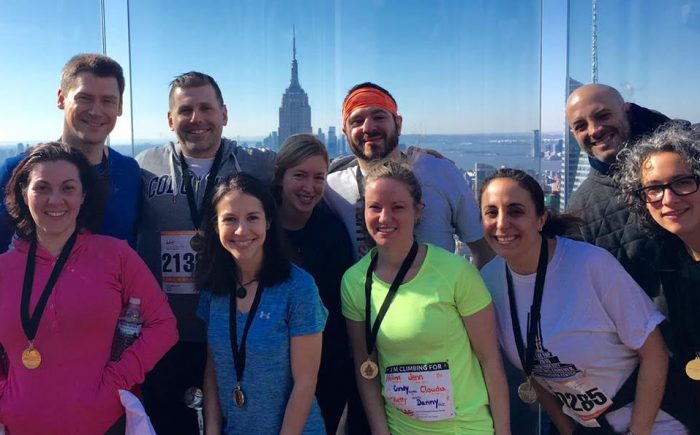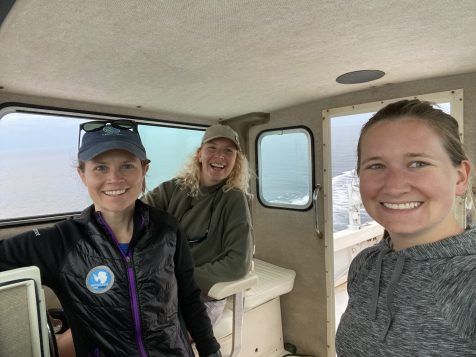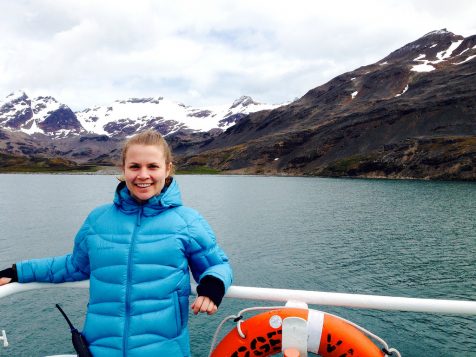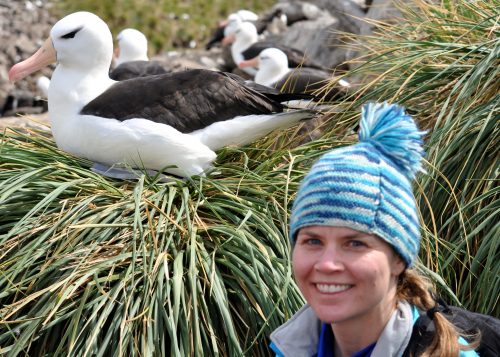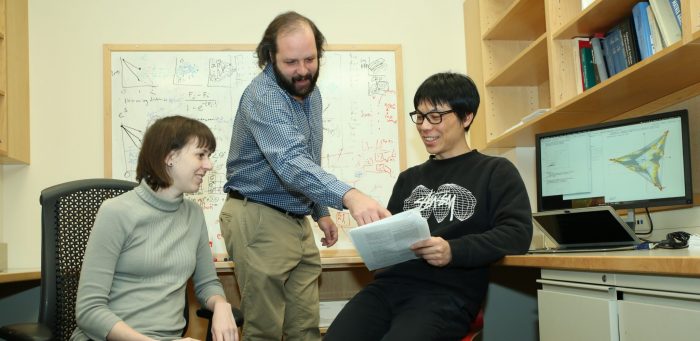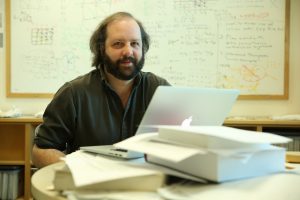In the wake of an expected nursing shortage and amid an uncertain battle against a pandemic that is well into its second year, Gov. Kathy Hochul (D) announced a scholarship program to support future nurses last week.
The program, called Nurses for Our Future Scholarship, will cover tuition for 1,000 health care workers to get their Resident Nursing degrees at State University of New York and the City University of New York colleges.
The governor announced that the scholarships were designed to address the shortage in health care and a lack of workers in hospitals across the state.
In a statement, Gov. Hochul called the scholarships an “important step to train more nurses and bring them into our health care system.” She added that the pandemic has “shown us that we cannot afford a labor shortage in the health care industry.”
Nursing officers at area hospitals applauded the announcement and suggested it was an important first step in confronting some of the challenges the nursing community faces.
“I was thrilled” with the announcement, said Susan Knoepffler, chief nursing officer at Huntington Hospital. “I’m absolutely grateful for this incentive to go into the field.”
Knoepffler said hospitals throughout the area and the country had a nursing shortage even before the pandemic.
Knoepffler said Huntington Hospital is also hoping to spark an interest in nursing and health care at area high schools, including Commack High School. Huntington Hospital is providing a few students with the opportunity to learn about nursing and is looking to expand that program.
Nurses are “critical to the health of health care,” Knoepffler added. “If we don’t have enough nurses, we’re not going to be able to provide optimal health care.”
Indeed, a study in 2018 in the American Journal of Medicine calculated that patients in intensive care units were accompanied by nurses for over 86% of their time, compared with 13% with physicians and 8% with critical support staff. The figure exceeds 100% because some of these health care workers were in the room at the same time.
These scholarships will help students who might otherwise struggle financially to enter a profession that will be in increasing demand, particularly as current nurses retire.
“Having scholarships to help students stay in or enter the profession is great,” said Annette Wysocki, dean of the School of Nursing at Stony Brook University. “We have a lot of first-generation students.”
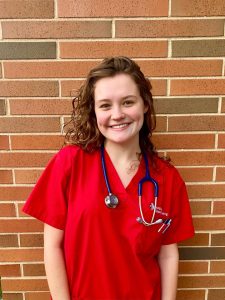
These scholarships can also help ensure that students from a variety of ethnic and socioeconomic backgrounds enter a challenging but rewarding field, providing underserved populations and communities with a link to the health care community.
Those students who graduate from nursing programs are likely to find a variety of professional opportunities, giving them greater chances to work in geographic areas and in medical specialties that appeal to them.
The American Nursing Association anticipates that more registered nurse jobs will be available through 2022 than any other profession in the country, according to Stony Brook University.
Robert Milone, who is working to earn a bachelor’s in nursing at Stony Brook in 2022, said he has received considerable encouragement about future prospects.
“There’s a lot of buzz around employment afterwards,” Milone said. He anticipates finding more “opportunities for our graduating class than there were.”
Some nurses have advised Milone, who is a native of Seaford and already earned a Bachelor’s Degree from Stony Brook in Health Science, to pursue his “dream job” after graduating.
While nurses applauded Hochul’s decision to create these scholarships, they described numerous nursing challenges.
The scholarships are a “fabulous idea,” said Nicolette Fiore-Lopez, chief nursing officer at St. Charles Hospital. While the scholarships will help in the future, “we need some help right now.”
Fiore-Lopez said a number of nurses have left the profession, both in New York and nationally.
Additionally, the pandemic may cause an increase in residents who need medical attention in the later parts of the fall and winter, when more people are indoors and when families come together from all over the country.
“By all predictors, we believe we will see another surge,” said Fiore-Lopez. “Hopefully, it will remain somewhat blunted, with vaccines being what it is. Not having enough staff [could] become an issue.”
Fiore-Lopez urges states to think creatively about staffing solutions.
In addition to spending more on nursing students, New York and, indeed, the country, should consider investing more in the education system, which is already straining for resources.
For the past three years, the Stony Brook School of Nursing has admitted 160 students into the pre-licensure undergraduate program, which is about 14.2% to 15.9% of the qualified applicants they receive each year.
“We fervently wish we could accept more students but cannot because we do not have a sufficient number of faculty and resources,” Wyoski explained in an email.
Stony Brook’s nursing school, which has no endowed faculty positions, endowed professorships or endowed lecturers is “already stretched beyond our limits,” Wysocki added.
Fiore-Lopez suggested that the nursing system needs short-term and long-term fixes.
“I see the governor’s proposal as a long-term fix,” she said. In the shorter term, the nursing system needs other assistance, including some financial relief to provide extra staffing.
In the meantime, current students continue to hope to put their training and ambition to use in a field in high demand, particularly during the pandemic.
Jaclyn Jahn, another student in Stony Brook’s undergraduate nursing program, is following in the footsteps of her mother Lynda Jahn and her grandmother Joann Monahan, who have both been nurses.
Her mother and grandmother are “two of the most upstanding, independent, confident women I’ve ever met,” Jahn said. “They are everything I hope to one day live up to.”
Jahn, who sees her role as a patient advocate, looks forward to explaining medicine to patients and to helping patients “feel comfortable and heal.”

